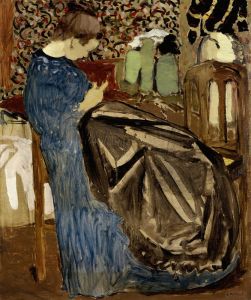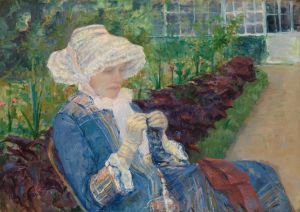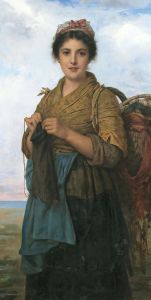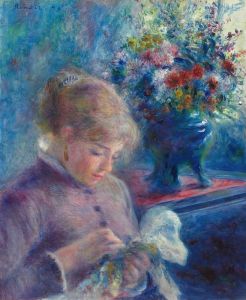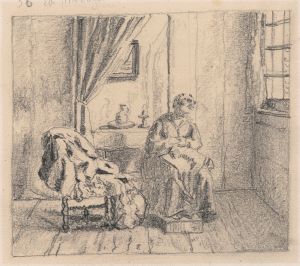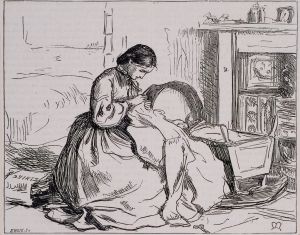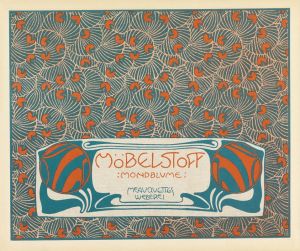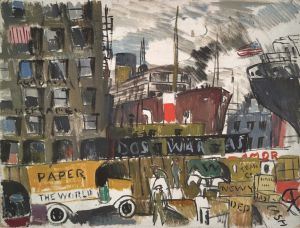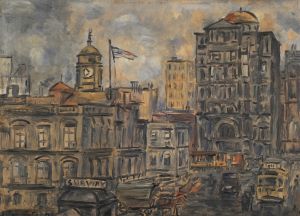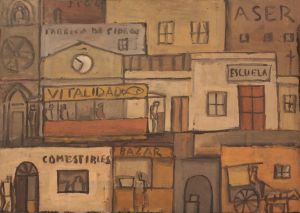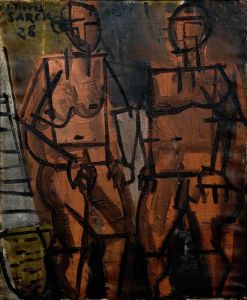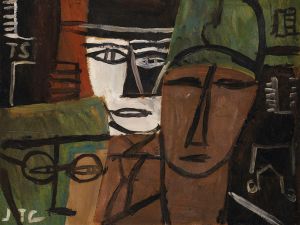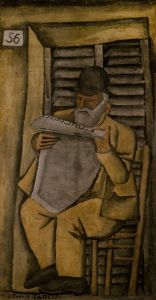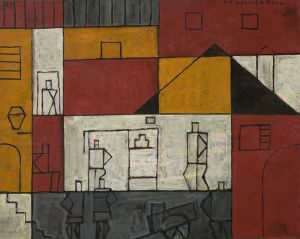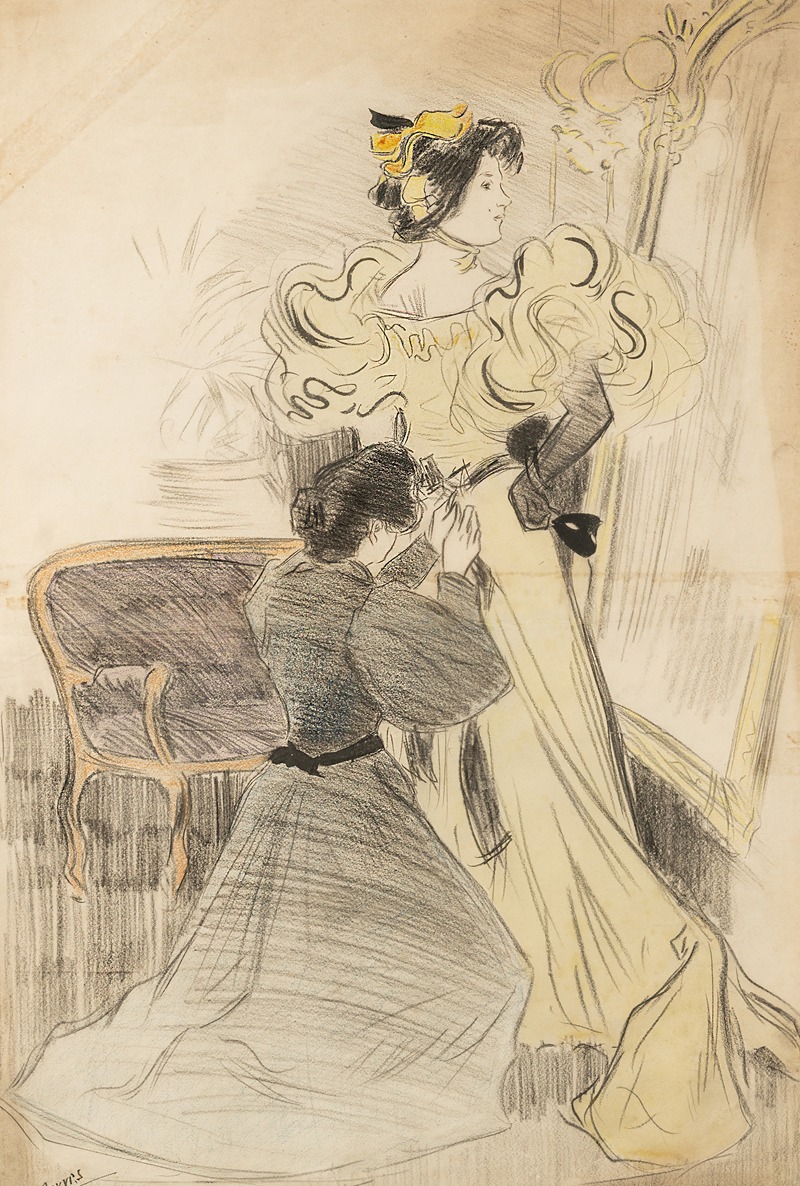
Dama y costurera
A hand-painted replica of Joaquín Torres-García’s masterpiece Dama y costurera, meticulously crafted by professional artists to capture the true essence of the original. Each piece is created with museum-quality canvas and rare mineral pigments, carefully painted by experienced artists with delicate brushstrokes and rich, layered colors to perfectly recreate the texture of the original artwork. Unlike machine-printed reproductions, this hand-painted version brings the painting to life, infused with the artist’s emotions and skill in every stroke. Whether for personal collection or home decoration, it instantly elevates the artistic atmosphere of any space.
"Dama y costurera" is a painting by the renowned Uruguayan artist Joaquín Torres-García, a pivotal figure in the development of modern art in Latin America. Born in Montevideo in 1874, Torres-García spent much of his life in Europe, where he was influenced by various avant-garde movements before returning to Uruguay in the late 1930s. His work is characterized by a unique blend of European modernism and Latin American cultural elements, often incorporating symbols and structures that reflect his interest in universalism and constructivism.
"Dama y costurera" is a testament to Torres-García's distinctive style, which often combines figurative and abstract elements. The painting depicts a lady and a seamstress, capturing a moment that reflects both the social roles and the intimate, everyday life of women. This work is notable for its use of geometric forms and a muted color palette, which are hallmarks of Torres-García's approach to composition and design. The figures are rendered with a simplicity that emphasizes their structural form, aligning with the artist's constructivist principles.
Torres-García was deeply influenced by his interactions with European artists and movements, including Cubism and Neo-Plasticism, which are evident in the structured, grid-like composition of "Dama y costurera." His time in Paris and Barcelona exposed him to the works of artists such as Pablo Picasso and Piet Mondrian, whose emphasis on form and abstraction resonated with his own artistic vision. However, Torres-García sought to create a uniquely Latin American art form, which he achieved by integrating pre-Columbian symbols and motifs into his work, aiming to establish a universal language of art that transcended cultural boundaries.
The painting also reflects Torres-García's interest in the social and cultural dimensions of art. By choosing to depict a seamstress, he highlights the role of women in society, acknowledging their contributions to both domestic and economic spheres. This focus on everyday subjects is a recurring theme in his work, as he often sought to elevate the ordinary to the level of fine art, challenging traditional hierarchies and conventions.
"Dama y costurera" is part of Torres-García's broader oeuvre, which includes paintings, sculptures, and theoretical writings. His work has been influential in shaping the course of modern art in Latin America, inspiring subsequent generations of artists to explore the intersections of local and global artistic traditions. Today, Torres-García is celebrated as a pioneer of modernism in the region, and his works are held in major collections worldwide, including the Museum of Modern Art in New York and the Museo Nacional de Artes Visuales in Montevideo.
In summary, "Dama y costurera" exemplifies Joaquín Torres-García's innovative approach to art, blending modernist techniques with cultural symbolism to create a work that is both aesthetically compelling and culturally resonant. Through this painting, Torres-García not only contributes to the narrative of modern art but also asserts the importance of Latin American perspectives within the global art scene.





